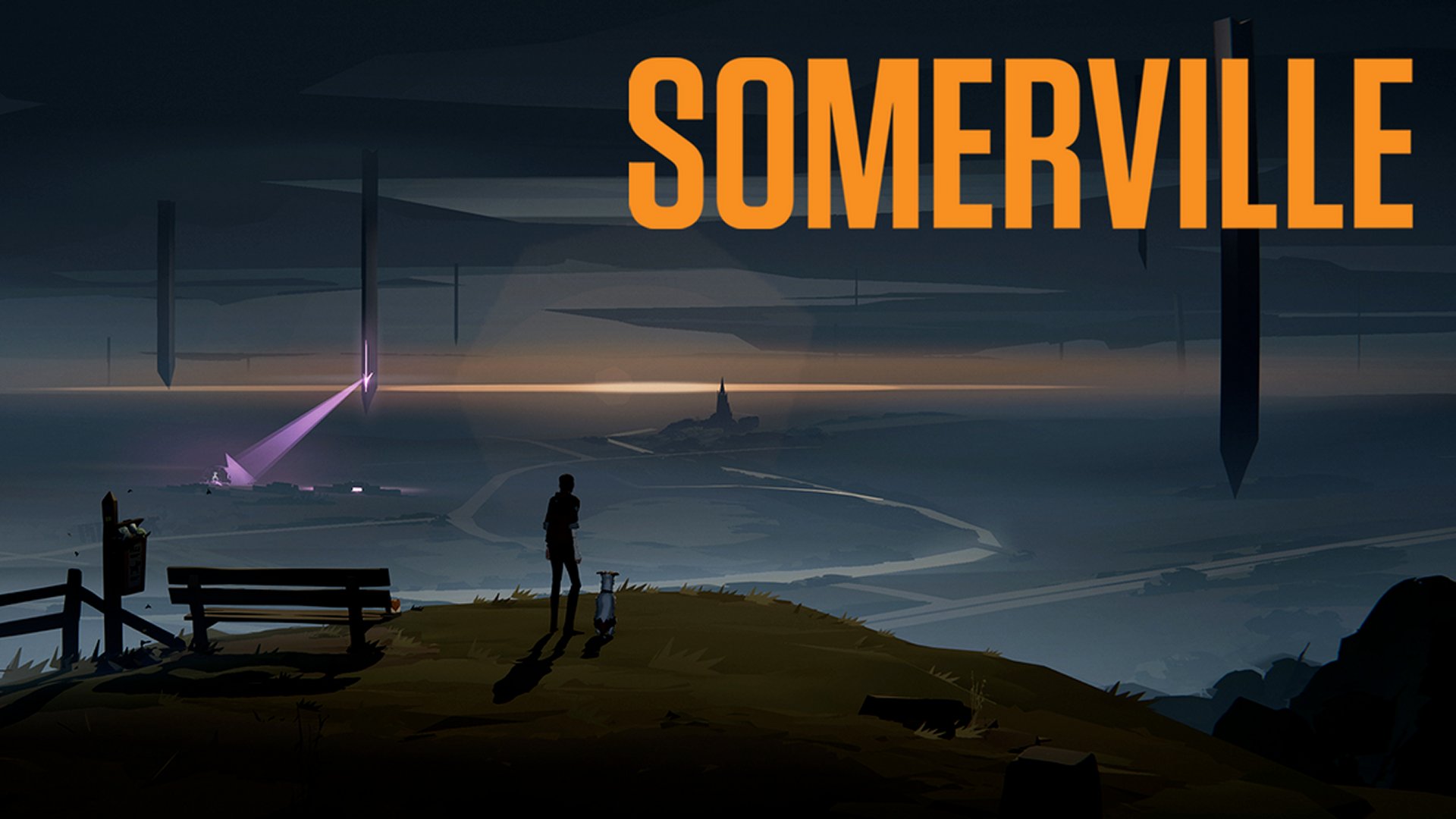Designed in utter secrecy for nearly a decade, Somerville is a tough beast to define. A sci-fi adventure with a minimalistic narrative focused on the intimate struggle of a daring father amidst a large-scale galactic conflict, it’s the kind of game that is best lived without any sort of spoilers or preconceived expectations. By the end of this epic journey, you’re left wondering what you have just witnessed, pondering on the subtext, and lingering for days on what exactly your character has experienced – and that’s the greatest compliment I can give to any game.
Dad Issues
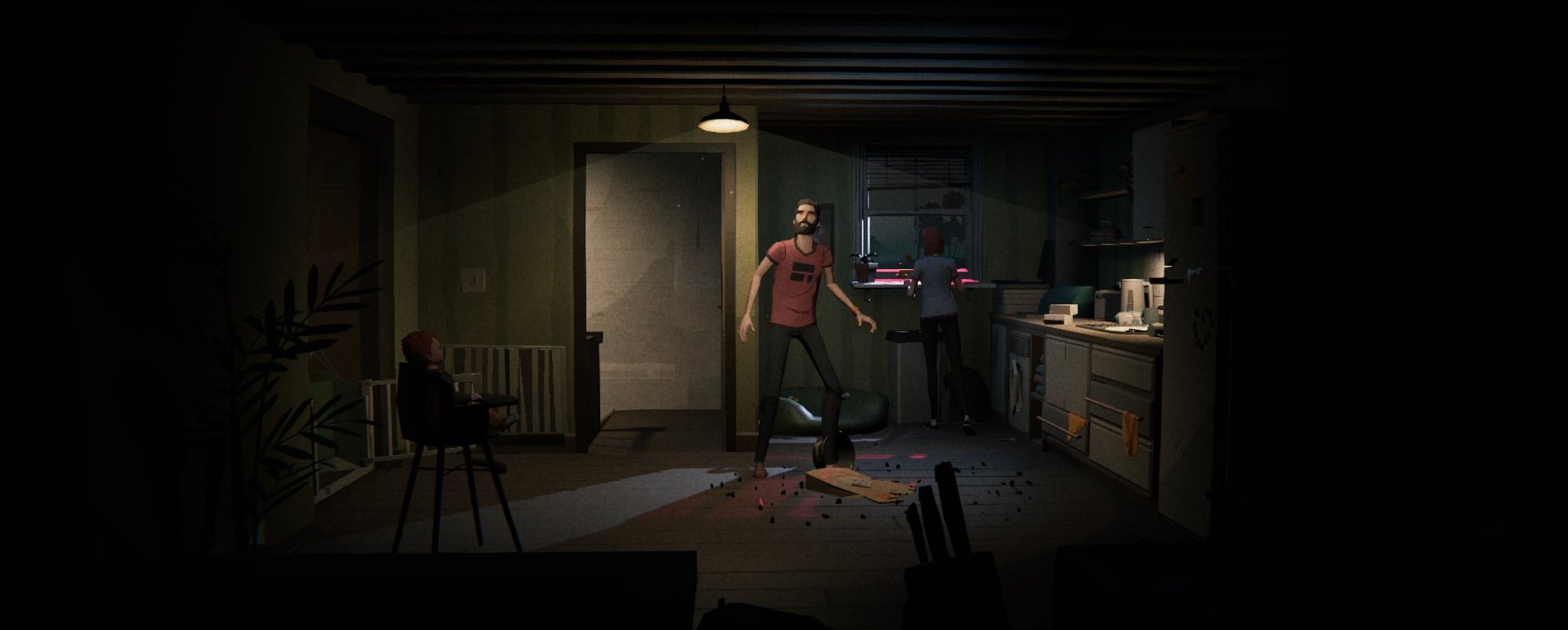
Mistakenly described by most of the press and players as Dino Patti’s game, Somerville is in fact the work of Chris Olsen and a small team at new studio Jumpship. Co-founder and former CEO of Playdead, and partly responsible for the hits Limbo and Inside, Patti gave Olsen all the support he needed to realize his vision. Available now on PC and Xbox, Sommerville shows hints of the aforementioned games, but it’s a very different kind of journey.
If we wanted to try a cinematic approach to Somerville’s description, we could say that it’s a masterful combination of Steven Spielberg’s War of the Worlds with Cloverfield, sprinkled with some exciting exploration gameplay comparable to classic action-adventure Another World (Out of This World in North America). There’s the same sense of being overwhelmed by a colossal threat, the feeling of loneliness and desperation, and the unexpected discoveries that will make us stride forward, looking for a conclusion against unfathomable odds, with the help of 3D to allow full exploration on the locations where such freedom is permitted.
A word of warning before starting Somerville: it’s not recommended to play with a gamepad, it’s mandatory, as keyboard and mouse control isn’t supported. This decision is understandable due to the numerous interactions requiring directional input, including rotations, pulling drawers and planks, and other actions that wouldn’t be easily replicable without a gamepad, almost virtual reality style. Besides, having this type of control does contribute to the immersion and the feeling of being there.
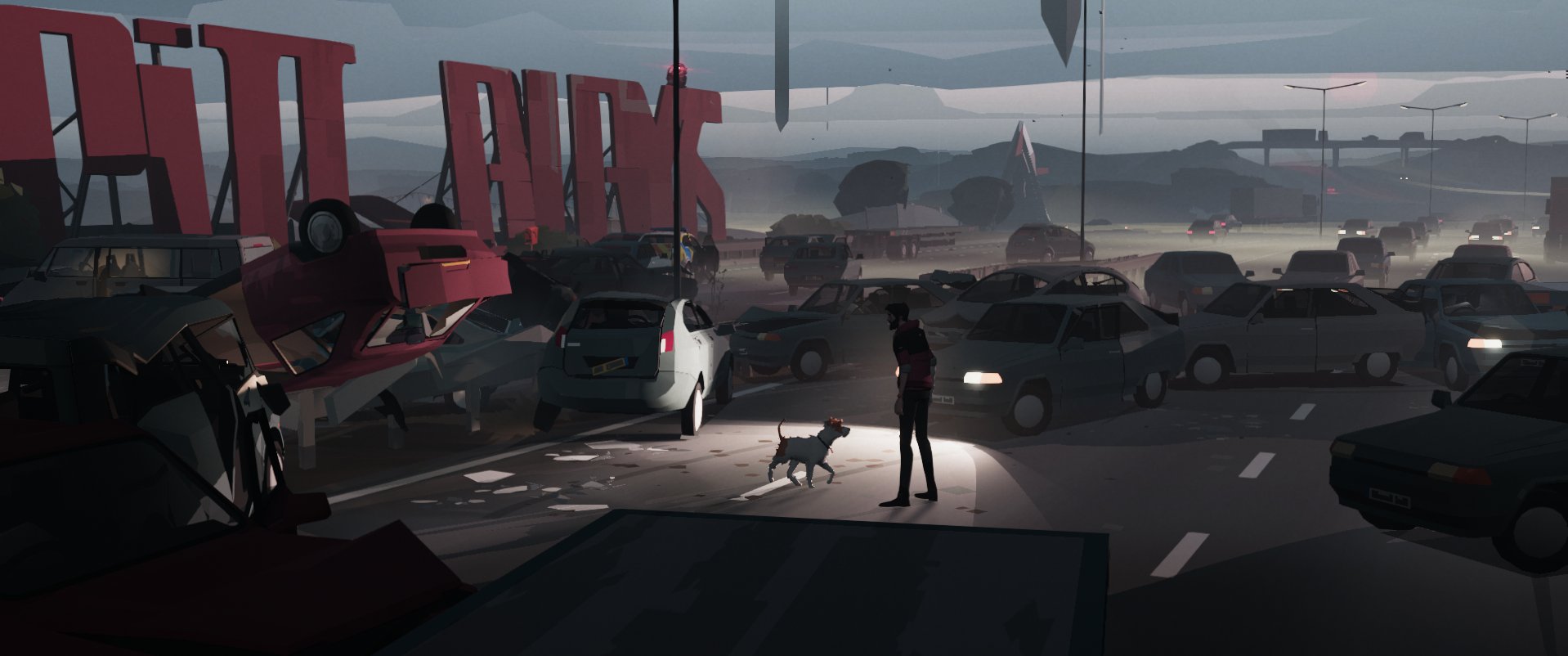
The game starts with a family driving to their cozy rural home, the ride accompanied by a beautifully haunting piano music. What seems like a regular day for this couple, baby, and dog suddenly turns into a desperate fight for survival, as the intro segues into gameplay without any warning, catching players by surprise as they suddenly gain control of the curious toddler. Parents deeply asleep on the couch, we start exploring the house as any excitable two-year-old would, kicking toys around, grabbing his plush with embedded lamp, and ultimately failing a daring kitchen escape by a very slight misstep.
There’s no HUD in sight to break immersion, nothing but the occasional button prompts to guide us during our baby steps – pun intended – and this helps create an atmosphere of dread and anxiety that is telling of what’s to come – the only question is when.
When everything seems normal, catastrophe strikes as invaders appear on Earth amidst a large-scale conflict, and soon enough you, the father, find yourself lost and confused, only with the help of the trustworthy family dog and a mysterious new electrical ability. Now you must overcome all the challenges to reunite with your wife and son.
Silent Emotions
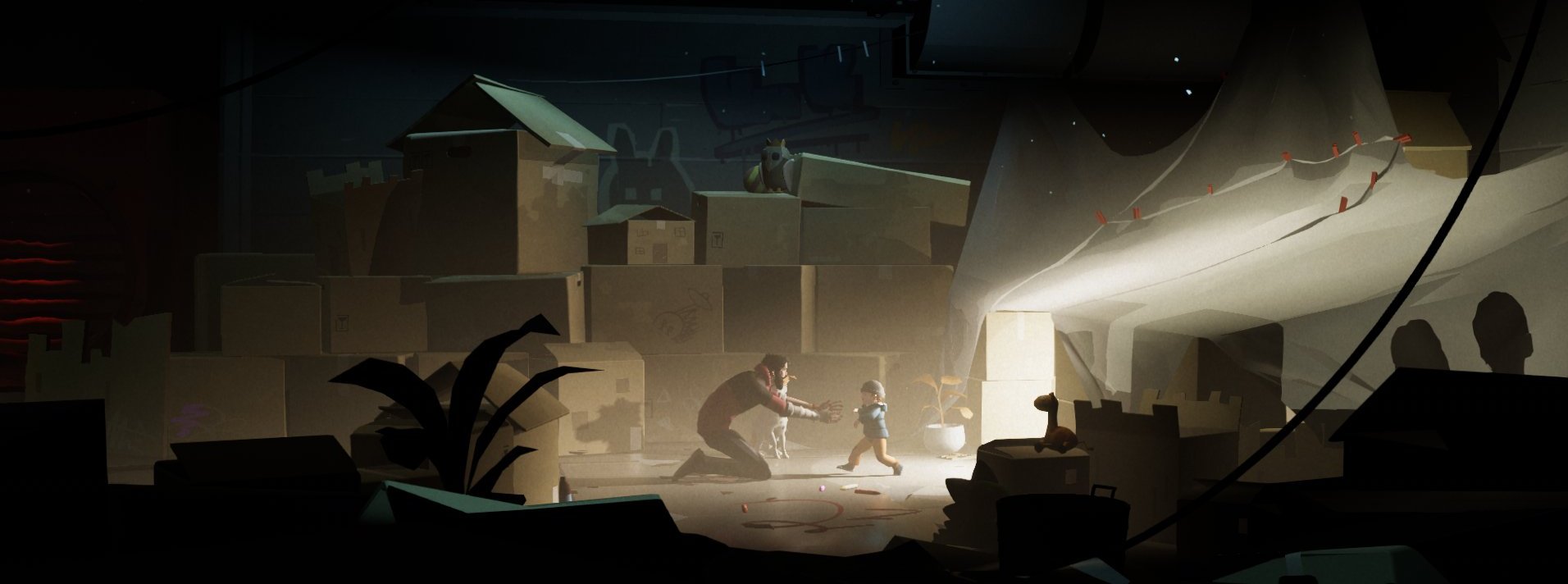
Somerville doesn’t include a single spoken line. Everything is based on the universal familiarity of emotions and reactions, just as it happens with Limbo and Inside. Apart from the groans, mumbles, coughing, and the occasional dog barks, the story is told through visual clues and it’s up to you to read into the details and try to elaborate on the plot points that aren’t explicitly revealed to the player. Emotionally strong moments dispense any words, hitting you by surprise and getting you close to shedding a tear or two, if you’re willing to invest yourself in this world and its characters filled with personality and passion. The way the dad and the dog stare at each other as they stroll through the devastated places is a heartwarming touch that again shows the power of videogames as a versatile medium.
The dog isn’t there for the emotional punches alone either; this is a clever game device that isn’t new, but it’s extremely effective in more ways than one, pointing you in the right direction and raising your attention to interaction spots that you might have missed, like the good boy he is.
Created in full 3D and revealing an impressive imagination when it comes to varied camera angles, Somerville sets a bleak mood from the starting minutes, with the crackling sound of the invaders’ searchlight being quite disturbing, a clear sign that it’s time to run and hide. Featuring plenty of stealth sections to go with the exploration gameplay, there’s not a boring moment in sight.
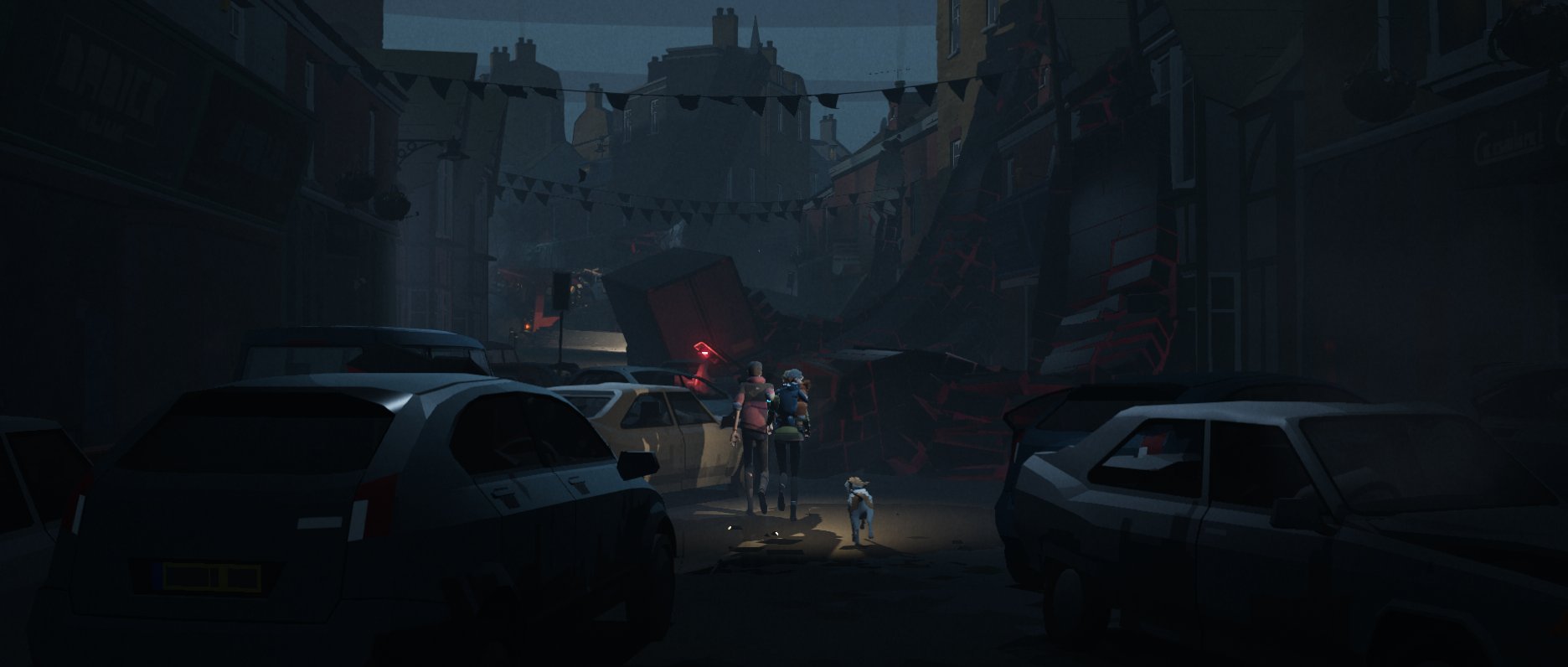
Throughout the adventure, our dad character will be bestowed with two electrical powers that are hard to describe but will be crucial for a new type of exploration gameplay. When connected to any electrical source such as a lamp or a generator, even your son’s lantern plush, each ability is conducted and either erases alien structures in a few seconds, or gives an electrical shock capable of jumpstarting engines and turning blue alien fluid into solid rock, letting you walk over it or climb walls.
Occasionally you will find mysterious alien structure-devouring orbs that follow you around in search of this blue-ish static, craving it as if it was their favorite delicacy. These moments are prone to puzzle sections, as you ingeniously attract the orbs to the place that is blocking your progress, clearing the way thanks to the gluttonous entities.
In terms of diversity, Somerville strikes a solid balance that keeps you guessing and on the edge of your seat. Some escape sections are interspersed with stealth moments, varying from side-scrolling to running in your direction, toward the screen. You’ll often find yourself scratching your head to solve a puzzle, and while these aren’t hard, you may spend some time trying to assess the situation, understanding how you can use your powers to change the scenario, or find the spot where you need to interact.
War of the Woes
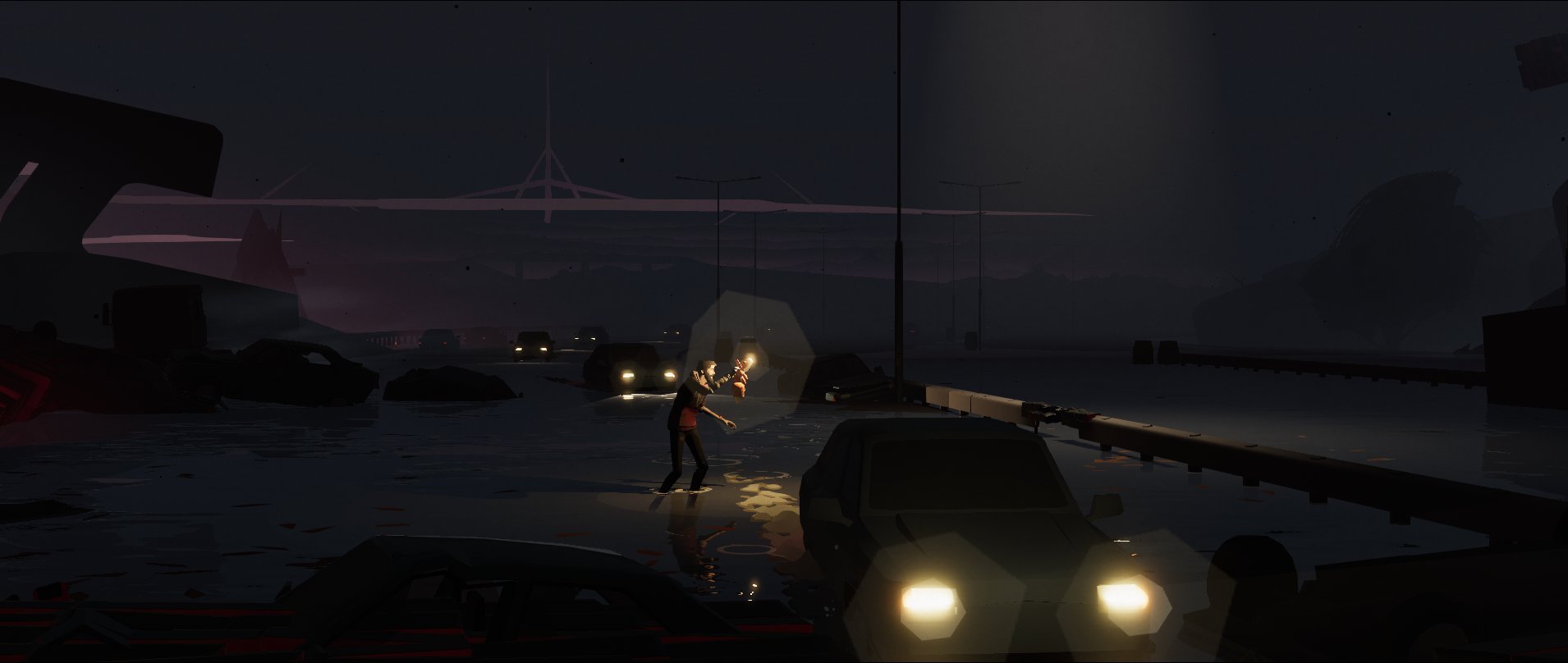
As engaging and atmospheric as Somerville is, it’s not entirely flawless. Being full 3D gives you the opportunity to freely roam in the small areas and expand on the possibilities, but this also means that you may get more than what you bargained for. The physics aren’t entirely faultless, and you may find yourself bumping into objects in weird ways, or seeing strange physical reactions that almost look like a glitch. For example, cables sometimes clip through makeshift bridges or solid ground, and your character may step on items in ways that don’t quite connect.
Some of the exits and pathways can be difficult to spot, including a particular passage underwater, especially in the mines where the rock formations may look like obstructions, but you can in fact sneak through them and find an entirely new room. This is mostly obvious when the areas are very dark, but some better guidance would be advised in these spots that may bring an unexpected barrier to progress, as you find them in desperation or by sheer luck.
The camera mostly does a good job providing you the best angles, panning and zooming whenever necessary in the nick of time, or showing the action from unlikely and cinematic places, including the top of a cathedral or the interior of a clothing store. However, sometimes it isn’t entirely intuitive or fast enough at showing the path as one would expect, and other times our view may be blocked by a closer object in the foreground for a second more than it should. These are rare occurrences but worth mentioning as they may pop up here and there.
Color Out of Space

Somerville has a striking artistic personality that is hard to find fault with. Each scene is brimming with details and yet it gives out this odd sensation of being low polygon, a feat that once again shows that a clear vision for the art style can go a long way. This doesn’t mean that the game looks modest or anything like that, the overall composition of each scene feels rich, and your eyes will be combing many locations for details that bring the world to life.
The lighting effects are a constant through the game, from the purple searchlights of the invaders to our resourceful uses of every light source in the game. The way that the blue alien static vanishes is mostly rewarding, almost as a cleaning action that restores the scenes to their original form. Each player will find its own highlights, but there’s no questioning the appealing design of the devastated town, a chaotic jumble that shows the intentions of the invaders and makes the search for the family resonate even more with the player.
The characters have this stylish design that takes on a leaner approach but doesn’t skimp on the animations contributing to the prominent personality of each one. They move fluidly and the details bring their feelings to life, as they cough, limp around, get dirt on their clothes, and hold hands in the face of danger. The music suits the oppressing sci-fi ambience well, with a mysterious and dangerous aura throughout. Occasionally we’ll hear other melancholic tracks that pack quite the emotional punch and will pull the heartstrings.
The Search for Meaning
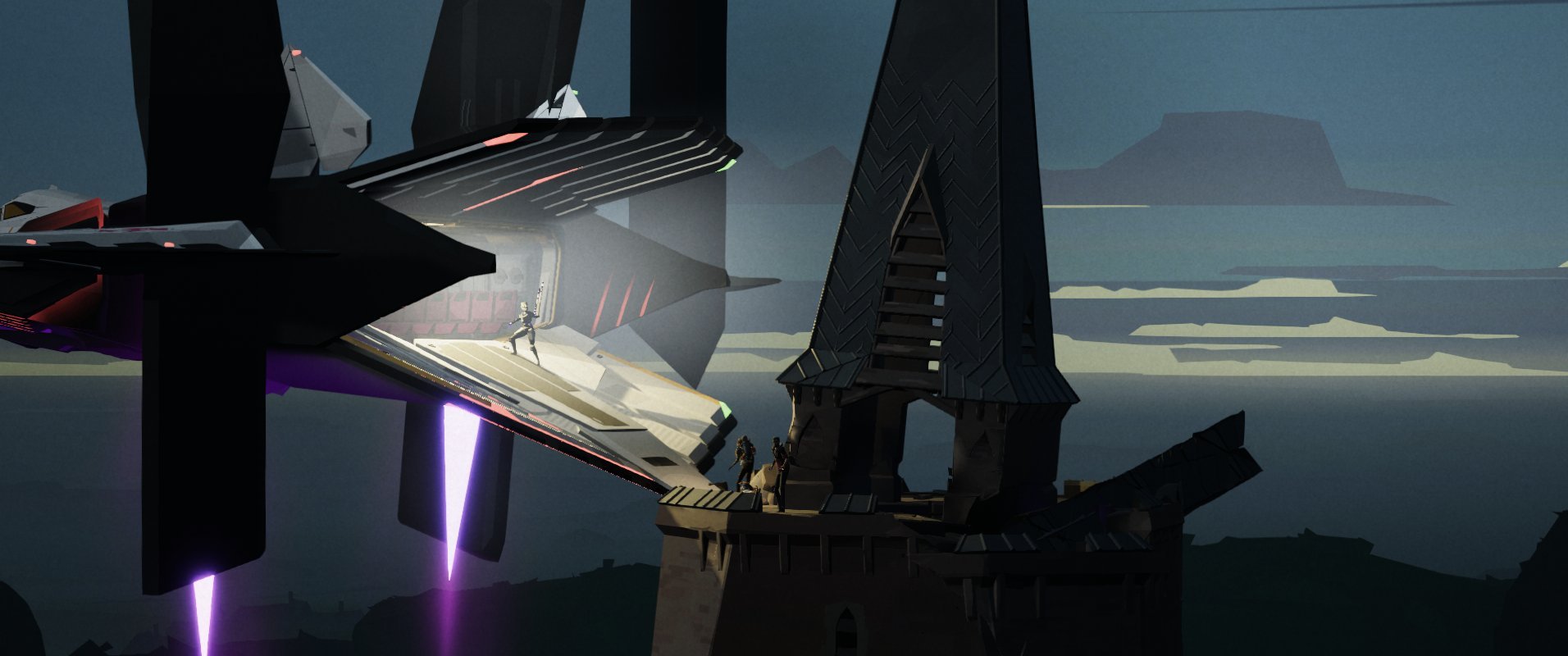
With no words or exposure other than what you make of the visual clues, Somerville leaves a lot open to interpretation, especially by the final chapters. With a playthrough time of six to eight hours if you care to explore in some detail, it’s a journey that deserves a second run to make sense of it all, different endings included.
While I am aware that it all comes down to each one’s analysis of the events, I can’t help but feel that the final hour amplified the surreal aspect of the tale and added some odd repetitiveness that wasn’t present before. As a conclusion, it didn’t quite tie all the pieces together in a way that satisfied my pretentions, but again, I may have missed some information that corroborated the endings.
What matters in the end is that Somerville got me thinking, trying to make sense of what I had just experienced. A few days later, I’m still wondering if everything I saw was real, or the product of a ploy that had more layers to it than the ones that immediately jump at you. I have enjoyed Somerville greatly despite some of its flaws; it’s the kind of experience that appears every few years and creates long-lasting memories. Much like Limbo and Inside, classics that I probably shouldn’t be mentioning anymore as the similarities are slim, Somerville is a remarkable achievement that every fan of intriguing story-based games should enjoy.
Pros
- A tantalizing journey amidst an alien invasion
- Not a single word uttered, but lots of emotions
- Great and expressive art style
- Clever puzzles and challenges
Cons
- A few rare physics issues
- Conclusion may feel repetitive and unrewarding
Rating: 8/10


